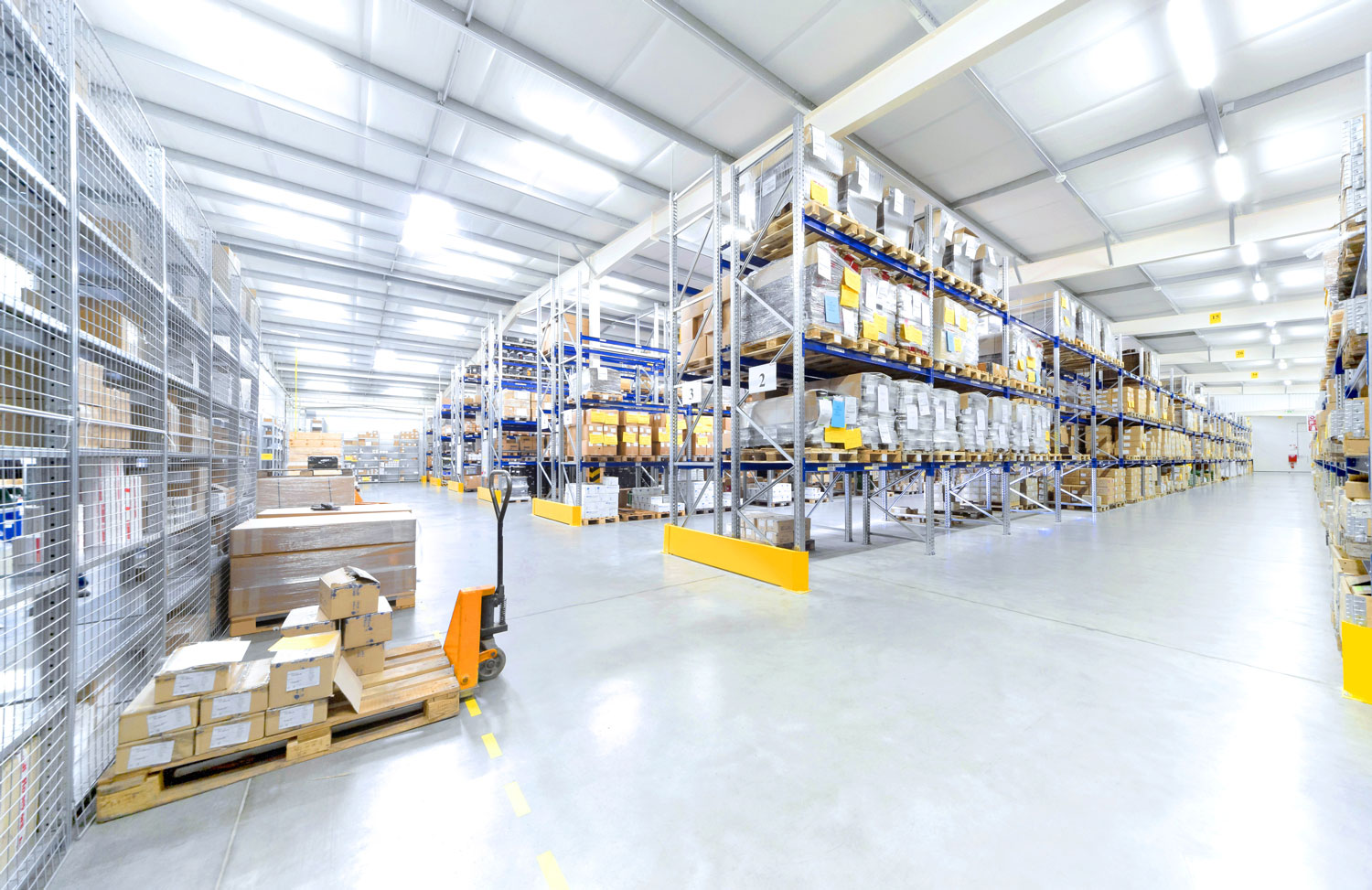Opening a New Warehouse? Consider These 5 Questions to Pick the Best Location

Whether there’s an increase in demand, you need more storage or it’s simply time to update your old, outdated facility, it’s officially time for a new warehouse.
Selecting where you will open a new warehouse is more complex than purchasing one that is available and has the right price. Answer these five questions before determining the best location for opening your new warehouse.
Where are my customers located?
Multiple surveys across the retail industry suggest that most customers expect fast shipping. Whether or not you provide retail services, retail continues to increase delivery expectations across every industry.
For local customers, select a location nearby. For regional customers, choose a centrally located warehouse closer to your top-performing market.
Consider choosing multiple warehouses in different markets if your customer base is nationwide. Instead of standard regions, consider the volume one warehouse can handle and define your regions based on the total volume in its surrounding area.
Where do my supplies come from?
The cost of raw materials includes not only the materials themselves but also the transportation of those materials. A warehouse close to the supplier can lower transportation costs, decrease the required space by lowering the amount of on-site inventory and reduce disruption to your production cycle caused by transportation issues due to weather, construction or lack of drivers.
For those with international suppliers, consider using Foreign Trade Zones (FTZ). While there are several benefits, users of FTZ receive:
- Duty exemption
- Duty deferral
- Logistics benefits
- Tax benefits
If positioning your warehouse close to yours is not an option, consider using a nearby third-party logistics partner (3PL) who can alleviate pressure by housing additional inventory.
What types of transportation are used to ship and receive?
The goods and services you provide and receive will dictate your transportation requirements from your vendors and to your customers. Once you understand those needs, consider where your customers and vendors are located.
If your customers and suppliers are local, your primary transportation is most likely by road and not by air, rail or sea.
If your customers are regional and you and your vendors have your own drivers and trucks, consider a warehouse centrally located between your suppliers and customers. Don’t have your own trucks or drivers? Position your warehouse closer to a regional shipping center.
For those with national or even international customers and/or suppliers, the ideal location is near a transportation hub. As locations next to international airports, major railway stations and key ports are prime areas with limited availability and high prices, pick a location with easy access to interstates and highways.
What do I dislike about our current operations, especially during peak seasons?
Opening a new warehouse is an excellent opportunity to improve your operations. While most warehouses experience some form of seasonality, consider the factors that cause the most inefficiencies when operations are at their peak.
If trucks are consistently waiting to be unloaded due to the lack of loading docks, ensure the new warehouse has more. If your current location’s street accessibility and parking situation frequently causes employees to be late, search for locations that won’t cause this problem.
The peak season is the perfect time to evaluate your operations as it shines a light on areas of opportunities that may not exist when things are high-pressure. When obstacles arrive, these inefficiencies add more stress and often create more inefficiency when there is no room for error.
What will my company look like in 5 years?
Let’s say you open a warehouse next to a transportation hub, and it has just enough room to perfectly fit your organization as it is today. In this perfect scenario, over the next five years, you experience increased demand, leading to new products, new technology, more inventory, and more employees. With no room to expand, the perfect scenario turns sour as you now need to start over and search again for a new warehouse.
If you want your warehouse to last for the next ten years, understanding your company’s five-year vision and forecasted growth trajectory will help you determine the right-size warehouse.
Whether you’re moving into a new warehouse or searching for a 3PL partner, The Armstrong Company has decades of experience providing customized approaches for commercial clients of all sizes. Get started today by calling 256.795.2414 or requesting a free quote online.
